Download: How to Take Care of Your Garden: Vegetables & Flowers
Whether you’re growing fresh, delicious vegetables or vibrant, beautiful flowers, regular garden maintenance is essential for a healthy and productive garden. In this article, I’ll guide you through the key steps to keep both your flowers and vegetables flourishing.
1. Mulch the Garden Bed
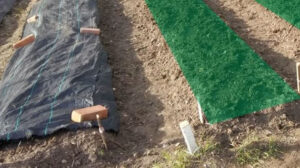
Mulching can be described as a gardening technique used to prevent weeds and grasses from growing. Mulching also helps keep the garden bed moist and conserve temperature.
So, after you are done with planting, it is good to mulch or covers the garden bed with mulching materials such as straw, sawdust, and wood chips.
This can help suppress the growth of weeds that will be competing with your garden plants against nutrients, water, and space.
Related: How To Transplant Plants Without Killing Them
2. Water Your Plants Wisely
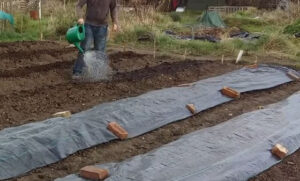
Seeds need water for germination and seedlings need it to grow strong. While vegetables are often thirsty, be sure to check the specific needs of your flower varieties. Understanding your plants’ water requirements is key!
Overwatering can be just as harmful as underwatering. It can lead to root rot, nasty diseases, and attract unwanted pests. On the other hand, underwatering will cause wilting, yellow leaves, and could even kill your plants.
Watering needs change with the season. During hot summer months, you might need to water daily, but during cooler spring or fall, once or twice a week might be enough.
3. Avoid Spraying Water on Leaves
It’s a good gardening practice to avoid spraying your plants’ leaves directly with water.
This is because water can increase the moisture on leaves, which provides a conducive environment for the growth of pests and diseased-pathogens.
I ruined a few plants in my gardens from doing this when I first started.
Related: How To Grow Plants From Seeds Step By Step
4. Remove Weeds ASAP
Weeds are those pesky plants that pop up uninvited, stealing valuable nutrients and water from your garden. Here’s how to combat them:
- Act Fast: Remove weeds and grasses as soon as you spot them. Young weeds are easiest to pull out by hand, roots and all!
- Stay Vigilant: Regularly check your garden for new weed growth. Catching them early makes the job much easier.
- Overwhelmed? If weeds get out of hand, you might need a stronger approach. Consider natural weed control methods for organic gardening. If that’s not a concern, herbicides can be an option, but use them with caution.
Read also: How Does A Plant Grow Step By Step
5. Deadhead Your Flowers
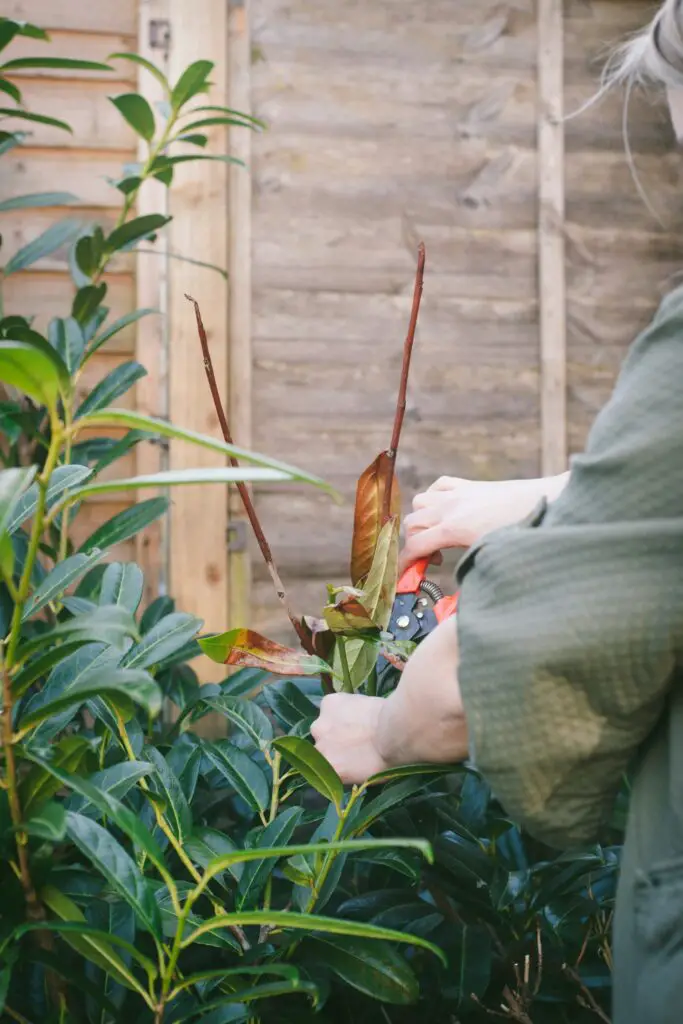
Don’t be afraid to snip off old or dried flowers. This encourages new blooms and helps keep your garden healthy.
By removing those unsightly flowers, you prevent diseases from easily spreading to neighboring plants.
6. Regularly Monitor Your Garden
Regularly Monitor Your Garden: Pay close attention to your plants for any signs of trouble. Inspect the soil, leaves, stems, and fruits for pests, diseases, or damage from natural events. Early detection is key!
Manage Diseases: If you spot diseased or dead leaves, stems, or even entire plants, remove and dispose of them promptly (burning is a good option) to prevent the spread of disease.
Address Changes in Leaf Color: Discolored leaves can indicate various issues. Research the specific issue based on your plant or consult your local gardener for advice on restoring your plants’ health.
Protect Against Pests: Pests like rodents, insects, and even humans can wreak havoc on your garden. Stay vigilant and take steps to deter or remove them to keep your garden safe.
7. Avoid Overcrowding Plants
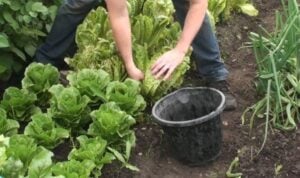
When starting from seed, it’s easy to end up with overcrowded seedlings. Thin out extra seedlings to give your remaining plants space to grow strong and healthy. This improves air circulation and reduces competition for water and nutrients.
Without thinning, your plants might struggle, leading to dropped leaves, stunted growth, and a disappointing harvest.
8. Prune the Garden Plants Timely
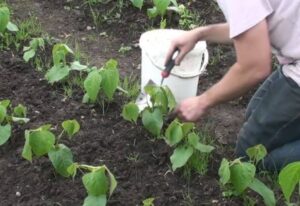
As your garden grows, trim back excess leaves and stems to prevent a dense canopy. This ensures sunlight and air reach all your plants, especially the shorter ones.
A dense, overgrown garden becomes a haven for pests and diseases, and can even smother smaller plants.
Regular pruning keeps your garden healthy, beautiful, and thriving!
9. Consider Crop Rotation
Some plants add nutrients to the soil while other plants take nutrients more than what they add to the soil.
In this case, as a good practice, you need to divide your garden into different beds and rotate the vegetables. This way, you can maintain the soil fertility as well as improving the quality of the garden.
Learn about crop rotation from here and here.
10. Put Your Garden in a Sunny Spot
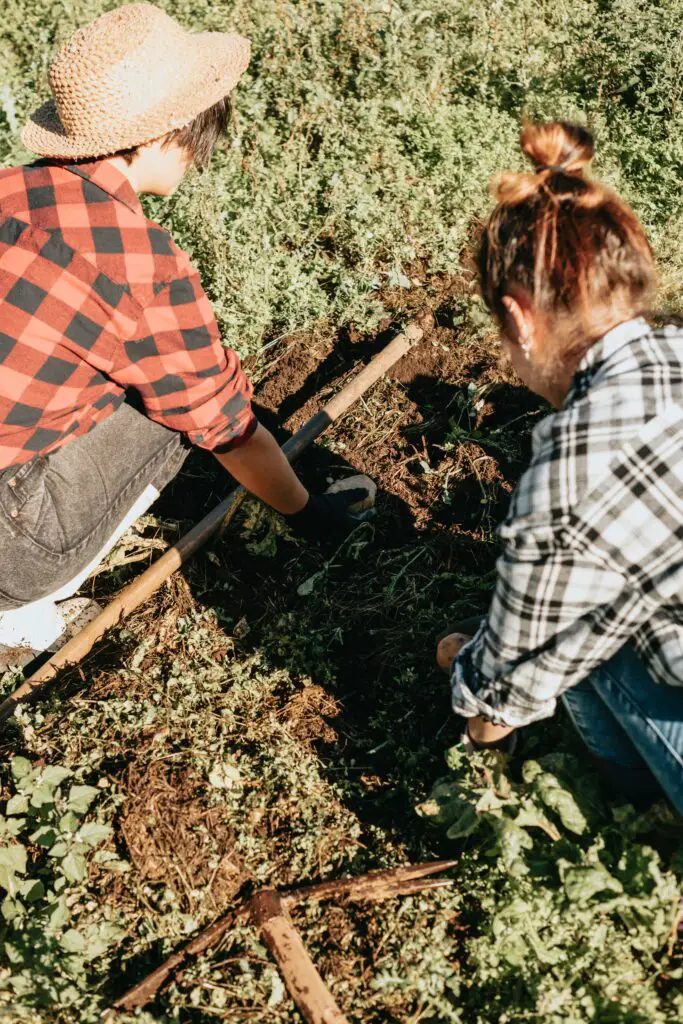
This is especially important for vegetable gardens. Vegetables require sunlight for at least 14-16 hours. And so, when you keep vegetables under the shade, there is a high chance that they will die up.
So, avoid shade for those plants that require more sunlight by cutting down trees and other structures that shade the garden.
This will be easier if the garden spot was selected with the right knowledge in the first place. Learn more on how to select a good garden spot.
11. Keep Your Garden Tools Clean
Cleaning your tools after each use isn’t just about tidiness. It helps prevent the spread of plant diseases and pests.
Dirty tools can carry harmful bacteria, fungi, or insect eggs that can easily infect your healthy plants.
A few minutes of cleaning can save you a lot of heartache in the long run!
Frequently Asked Questions
How do you garden for the first time?
Starting a garden is not that very difficult. You only need to learn some basic gardening skills. Start with choosing a good garden spot. Then, look for seeds that will grow in your area of the country. Finally, feed your garden and take care of it.
Learn more about starting a new garden from our ultimate beginner’s guide to making a new garden
Should I remove old roots before planting?
Plants’ roots can sometimes become a problem to the young growing plants if the old roots are not decomposed properly.
They can block the young growing roots from growing down the soil, and this can limit your plant’s water and nutrients absorption capacity.
Therefore, it is good while you are preparing your garden spot for planting to remove old roots, large rocks, and debris in the soil.
Learn more on how to prepare a garden spot
How do I get rid of Grass to start a Garden?
You can remove grasses either manually with hand, hoe, or with herbicides. If the new garden spot is large and bushy, you can employ the use of a tractor. Then, after uprooting the grasses, use a rake and garden fork to clear and rake the grasses from the new garden spot.
Wrapping Up: Taking Care of a Garden
Taking care of your garden is a rewarding process, whether you’re enjoying a bountiful harvest or a stunning floral display. By following these tips, you’ll ensure your plants thrive.
